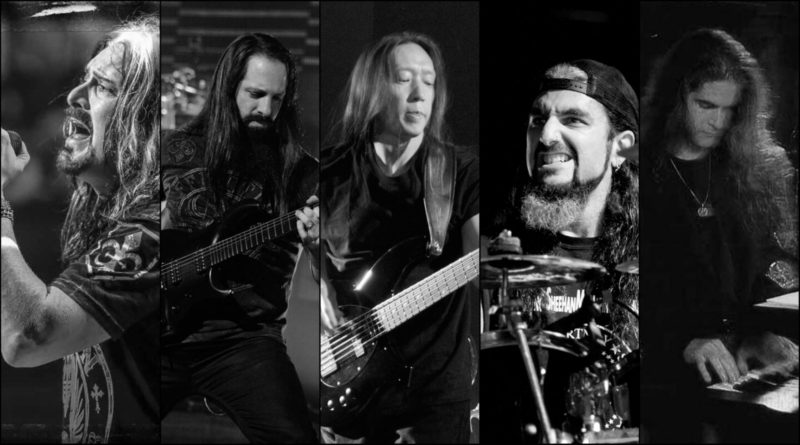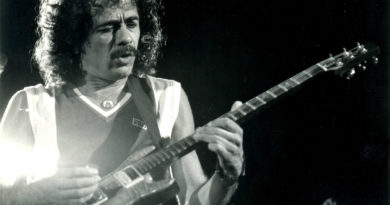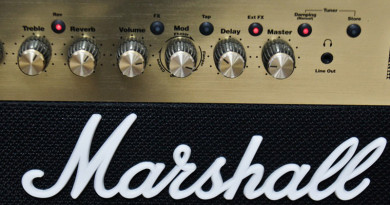What do the Songs in Dream Theater’s Images and Words Mean?
Released on July 25, 1992, Dream Theater’s Images and Words album recently completed its 25th anniversary. Consisting of technical wizardry on the instruments, progressive songwriting, beautiful melodies, the album has been the band’s most commercially successful album till date. The album features James LaBrie on vocals, John Petrucci on guitars, John Myung on bass, Kevin Moore on keyboard and Mike Portnoy on drums.
To celebrate the 25th anniversary, the band has set out on Images, Words and Beyond World Tour 2017. Here is a mini documentary when the band was in Germany on the European leg on the tour.
With lyrics being of contemplative nature and maybe sometimes difficult to interpret, let’s look at the meaning behind each song on the album.
Pull Me Under
The first song on the album and the song that gave them the mainstream attention, the song was initially supposed to be instrumental and titled “Oliver’s Twist.” But later lyrics were added by Kevin Moore and named it “Pull Me Under.” The theme of the song is based on Shakespeare’s Hamlet. The song is known for its abrupt ending. Fans have been confused thinking the song is abruptly cut off, but actually it conveys the unexpected nature of death.
Another Day
The ballad was released as the 4th and final single in 1993. This song features Jay Beckenstein on saxophone. John Petrucci wrote the song about John Petrucci Sr., his father who was diagnosed with cancer. It’s John Petrucci telling his father not to give up on life and accept death whenever it comes. The video of the song features the girl who is on the album cover.
Take the Time
Take the Time is known for its progressive songwriting structure and extended length. The song was released as the 3rd single during promotions. It is the only song by the band that features lyrics from all band members. The meaning explained by Mike Portnoy states, the band decided to write everything they had been through since the band started. The line-up changes, label and management hunting, how they had to start from scratch again and all the frustrations they went through. They broke the verses down for each band member to write their perspective on the topic and again came together to write chorus.
Surrounded
Kevin Moore wrote lyrics for the song. The theme of the song is quite abstract and no definite meaning can be deciphered, though the tone of the song is about spirituality and enlightenment. The band once dedicated the song to Arthur Ashe, a tennis player who died of AIDS.
Metropolis, Pt 1: "The Miracle and the Sleeper”
The song was released as the 2nd single. The lyrics were written by John Petrucci and it was originally known as “Crumbling Metropolis.” Later “Crumbling” was removed and “Part I” was added as a joke as no sequel was intended. But as the song became fan favorite, and requests of sequel started coming in, the band wrote a 20-minute epic for Falling into Infinity, but later got converted into a full length album titled” Metropolis, Pt 2: Scenes from a Memory.”
The meaning of the song is ambiguous, but an unofficial popular theory states that it is about the founding of Rome (Metropolis) by two brothers (Romulus and Remus). Metropolis, Pt 1 is Dream Theater’s second most played song after Pull Me Under.
Under a Glass Moon
The song Under the Glass Moon was originally titled “The Battle of Jimmy Cocoa and Fish-Face." Written by John Petrucci, the exact meaning of the song is not known, but it may have spiritual or religious interpretations.
Wait for Sleep
The song consists of only piano and vocals which is quite unusual for the band’s sound. The lyrics were written by Kevin Moore, and the song is about Kevin Moore’s friend who felt a spiritual void within herself. It speaks about her beliefs and her sorrow over a loved one’s death.
Learning to Live
Learning to Live is the longest song on the album, and was originally known as Creep with Tonality. John Myung wrote lyrics for the song, and it is said to be about the threat of AIDS which had become prevalent in 1992. The opening line "There was no time for pain, no energy for anger. Sightlessness of hatred slips away" is paraphrase from the exact quote "He had no time for pain, no energy for anger. Within a few weeks, it was over; the blinding stabs of hatred ceased and did not return" from Ayn Rand’s novel titled Atlas Shrugged.
Got any corrections or suggestions? Let us know in the comments section below.






Under a glass moon, meaning is known:
Driving in the rain.
Enjoyed reading this, nicely done! Off the play the album now 😜
Thank you! 🤘